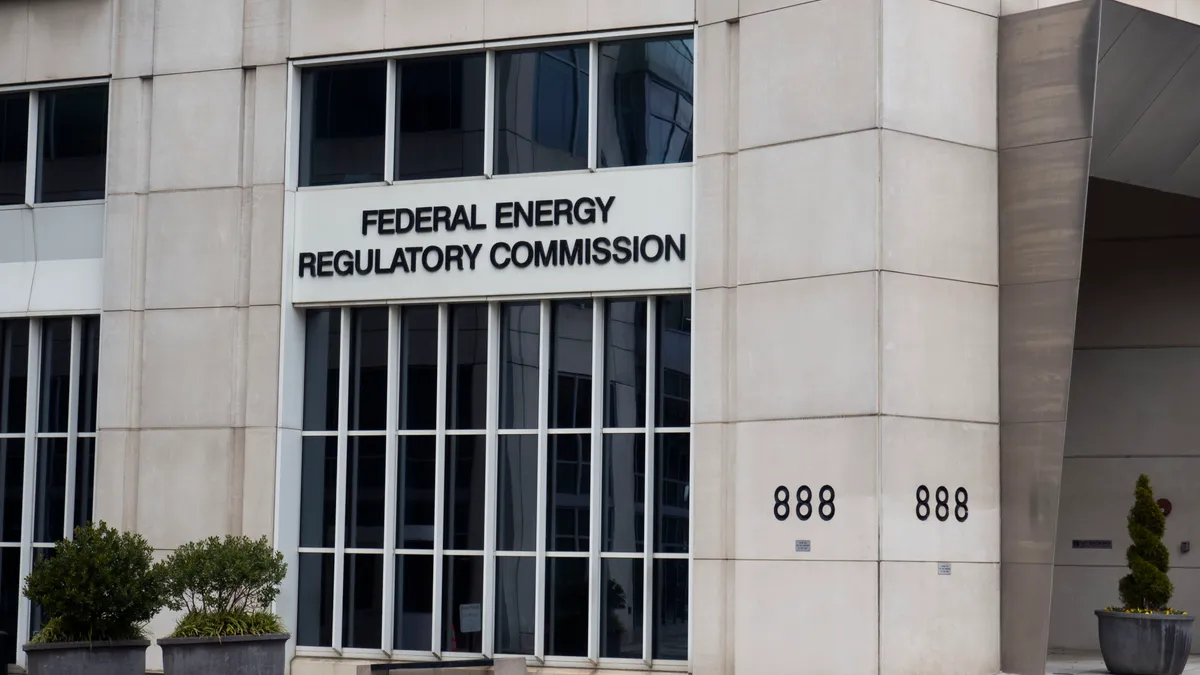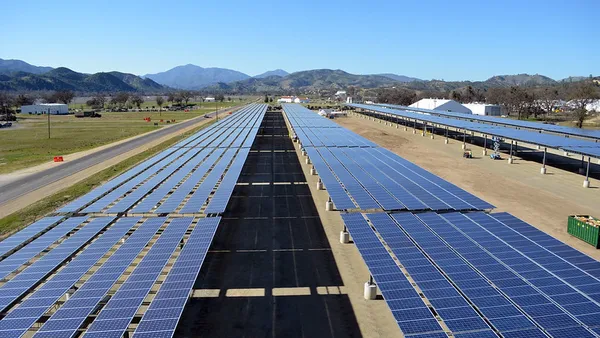Driven by increased data center demand and the electrification of transportation and home heating, U.S. electricity consumption is expected to reach 4,278 billion kWh by 2026, up from 4,097 billion kWh in 2024. Despite political uncertainty, the renewable energy industry is poised to contribute much of the new capacity required to meet that increased consumption. In 2024, the U.S. grid added a record 49 GW of solar generation and 11.9 GW of battery energy storage. In 2025, 80% of new utility-scale capacity is projected to come from solar and battery energy storage.
Globally, the trend is similar, with more than 5,500 GW of renewable capacity expected to come online by the end of the decade, 80% of which will be solar. Global battery storage capacity is expected to skyrocket from 85 GW in 2023 to nearly 800 GW by 2030.
These shifts present tremendous opportunities for renewable energy developers. This article explores three essential data-driven analyses renewables developers should perform to maximize return on investment and minimize risk when siting a new asset.
1. Market analysis
Analyzing market conditions is essential for strategic investment decisions when siting an asset. Current and future pricing dynamics have the potential to make or break an asset’s viability and profitability, and market analysis is critical to anticipating how a given asset will perform in the market. Talha Ali, lead energy market analyst at Energy Exemplar recommends that renewable developers begin their market analysis by generating accurate node and hub price forecasts for a given location using advanced nodal modeling.
Renewable developers can utilize fundamental modeling to develop reliable price forecasts. Fundamental modeling offers a uniquely accurate forecast because it reflects current market conditions and includes validated assumptions about the future, rather than relying on historical data and occurrences. Fundamental models account for key drivers such as the resource supply stack, demand growth, fuel price, and changes in the transmission network topology and constraints — amongst others. They also help us understand how basis risk evolves over time due to the ever-changing energy landscape, giving insight into how it may impact a future asset. Project profitability is entirely dependent on performance in the market, so it’s crucial that developers have a good understanding of future pricing dynamics to ensure project success.
2. Congestion and curtailment risk analysis
Congestion and curtailment analysis are extremely important to understanding an asset’s potential profitability and risk. Contending with an already constrained transmission grid, asset developers face significant risk relating to congestion surrounding potential projects, including curtailment and basis risk. Comprehensive congestion analysis allows developers to investigate system conditions to determine if congestion impacts a given node, and what the drivers of congestion are at that specific node.
Congestion analysis, like that offered by Energy Exemplar’s PLEXOS®, that simulates both market behaviors and grid fundamentals is particularly powerful. This fundamental simulation allows renewable developers to pinpoint congestion, identify helpers and harmers, screen for contingencies, anticipate binding constraints and examine congestion under a variety of scenarios to ensure assets are sited in an area where congestion risk is minimized.
Renewable developers can also look at the available transfer capacity (ATC), which is the measure of how much power can be injected or withdrawn at a specific point of interconnection before any base case, contingency or interface transmission constraints start binding. This helps assess whether an asset will be curtailed or if load from an asset might be shed due to insufficient transmission capacity.
With this extensive information, renewable developers can anticipate any potential curtailment of their project and evaluate basis risk. This type of comprehensive and accurate congestion and curtailment analysis enables renewable developers to understand how congestion might positively or negatively impact a project’s success, and to help inform sound investment and build decisions.
3. Sensitivity and scenario analysis
It’s no secret that power markets are changing rapidly — and an asset performing well today has no guarantee of performing well as we move into the future. Sensitivity and scenario analysis help mitigate risk around future market changes. With a fundamental model that emulates the market clearing engine and dispatch, capturing future market behaviors, renewable developers can evaluate how an asset might perform under a variety of conditions and what their exposure might be.
Sensitivity and scenario analysis allow developers to see how future natural gas prices, large load growth from data centers and bitcoin mining operations, or the further penetration of renewable assets will impact market conditions and pricing — as well as their asset. Exploring market uncertainty with fundamental models that are stress-tested with sensitivities like high natural gas prices or varying levels of solar or wind generation prices gives renewable developers an idea of higher and lower price bands for a project at a given node, helping them understand how changing market conditions could impact project performance and asset value, and ensuring that they are able to hedge their asset appropriately.
A Word About Time Horizons
When evaluating a potential site, developers must often perform the above analyses across multiple time horizons. Here are some key questions to address in the long-, medium- and short-term:
Long-term (15-30 years):
- Is this site suitable for a new asset? What technology and capacity should be deployed?
- What are the expected congestion and curtailment risks?
- Does the long-term revenue outlook justify the investment?
Medium-term (3-10 years):
- How can risk be hedged against market volatility?
- Should Power Purchase Agreements (PPAs) be used for funding?
Short-term (daily, weekly, yearly operations):
-
How should the asset be dispatched for optimal near-term revenue generation?
Siting for Success
As renewable energy developers navigate an increasingly complex market, data-driven investment decisions are critical. Market, congestion and sensitivity analysis are just three of the analyses renewable developers can and should perform to ensure project success. Energy Exemplar’s PLEXOS® offers a unified, end-to-end fundamental modeling solution to perform and streamline these crucial analyses. With PLEXOS, renewable developers can reduce risk and improve revenue forecasting, supporting critical investment decisions across the entire energy lifecycle — all within a single, co-optimized solution.
To learn how PLEXOS® can help you with critical analyses to reduce project risk and improve profitability, schedule a demo with one of Energy Exemplar’s experts.










